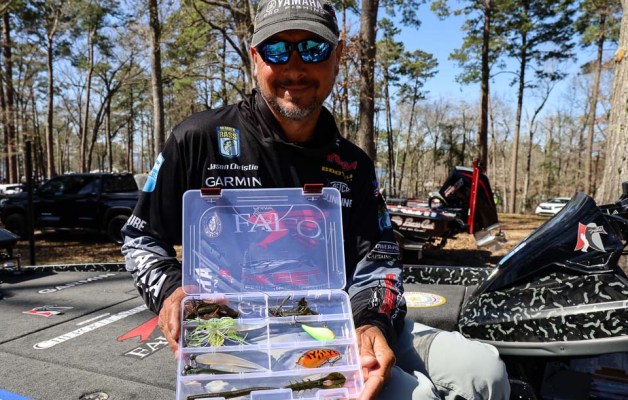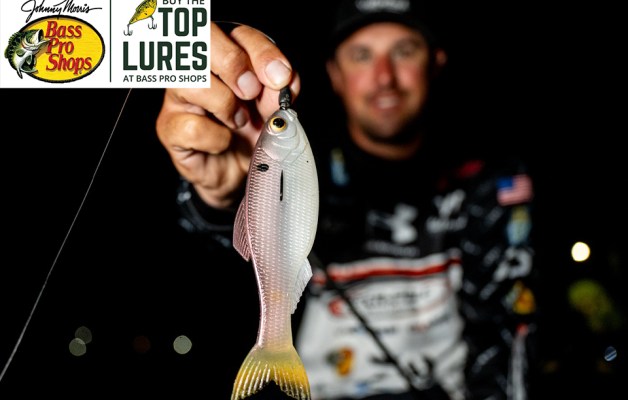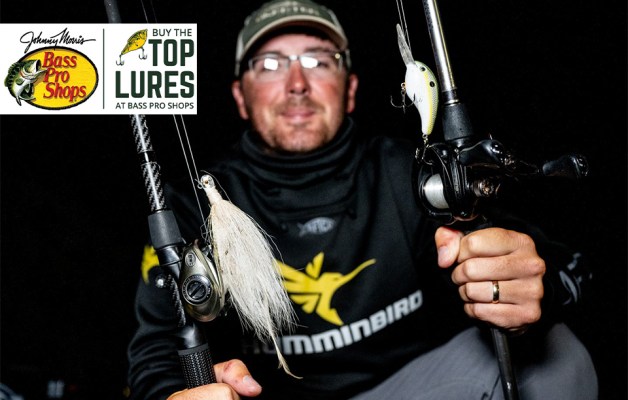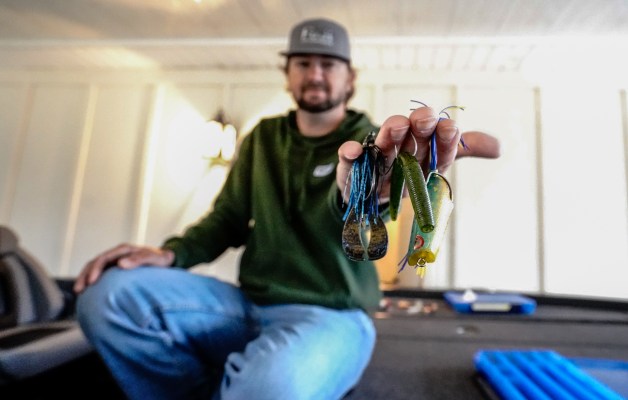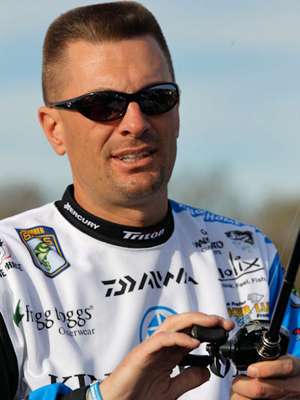
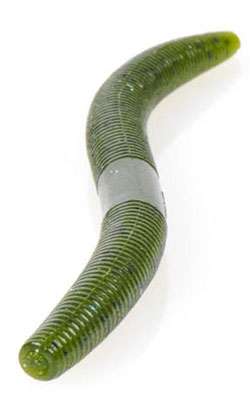
âAfter a front has come through, the fish can get lethargic and finicky, and a straight-tail plastic is almost always a good choice,â Howell says. âI like green pumpkin; it works almost anywhere in almost any water conditions.â Howell usually fishes a Senko weightless on a 4/0 Daiichi hook around any cover the bank offers, be it wood or grass. âSometimes, if the cover is too thick, Iâll peg a 3/8-ounce tungsten weight to it and flip it into the cover, because the fish will often pull tight to it after a front.â
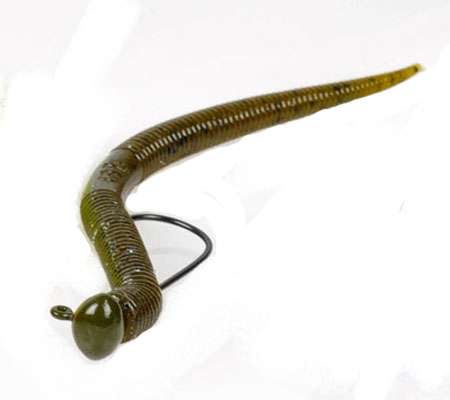
Howell will thread a 4-inch Yamamoto Pro Senko onto this finesse jighead and work it around open water cover. âOther times after a front, the bass will pull out onto drops and ledges, and this is a good way to get at them,â he says. âThe Pro Senko is just a skinny version of the Senko thatâs good for high-pressure situations and tough bites. Once again, green pumpkin is my go-to color.â
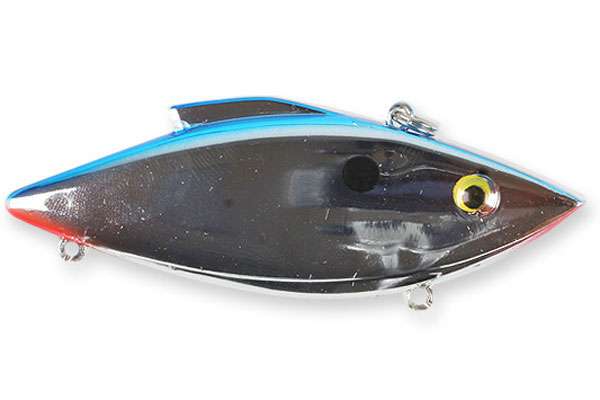
Howell opts for the small 1/4-ounce version in chrome and blue. âThis is especially good in the fall months, when bass are chasing baitfish and following shad into pockets. Work this in and around shallow grass. Itâs good after a tough cold front,â he says. Photo courtesy of Tackle Warehouse.
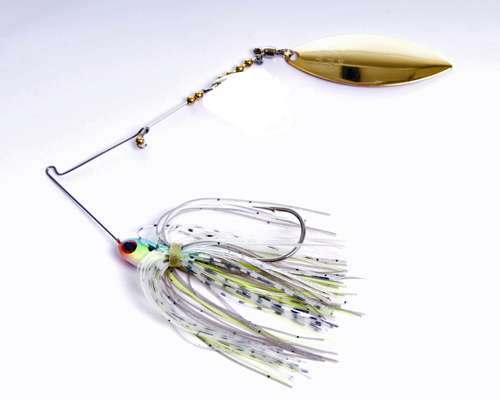
Howell likes a small spinnerbait with a single No. 4 willowleaf blade for a subtle presentation thatâs also somewhat speedy. âI like this to cover water, especially around weed edges and around grass,â he says. âItâll draw a reaction strike from fish that are kind of lethargic but still want to eat something small; that little bit of flash and vibration is just the ticket.â He starts with a basic chartreuse-and-white pattern, but will switch to a bream or shad pattern if the water is clear and depending on the predominant forage in the area.
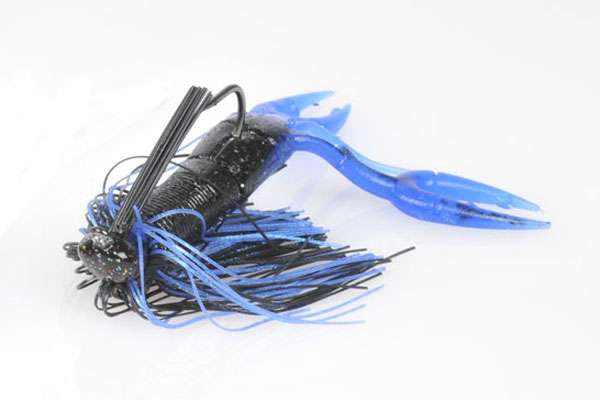
Howell ties on a 1/2-ounce model rattling jig with a Yamamoto Twin Tail Grub in tow as a last resort. âThe jig itself works well postfrontally, but to make it better in tough conditions, you want a grub on there versus a craw because it has a subtle swimming action thatâs more realistic when you swim it around docks or under trees. It acts more like a bluegill or baitfish.â This jig is outfitted with a Yamamoto Craw.

